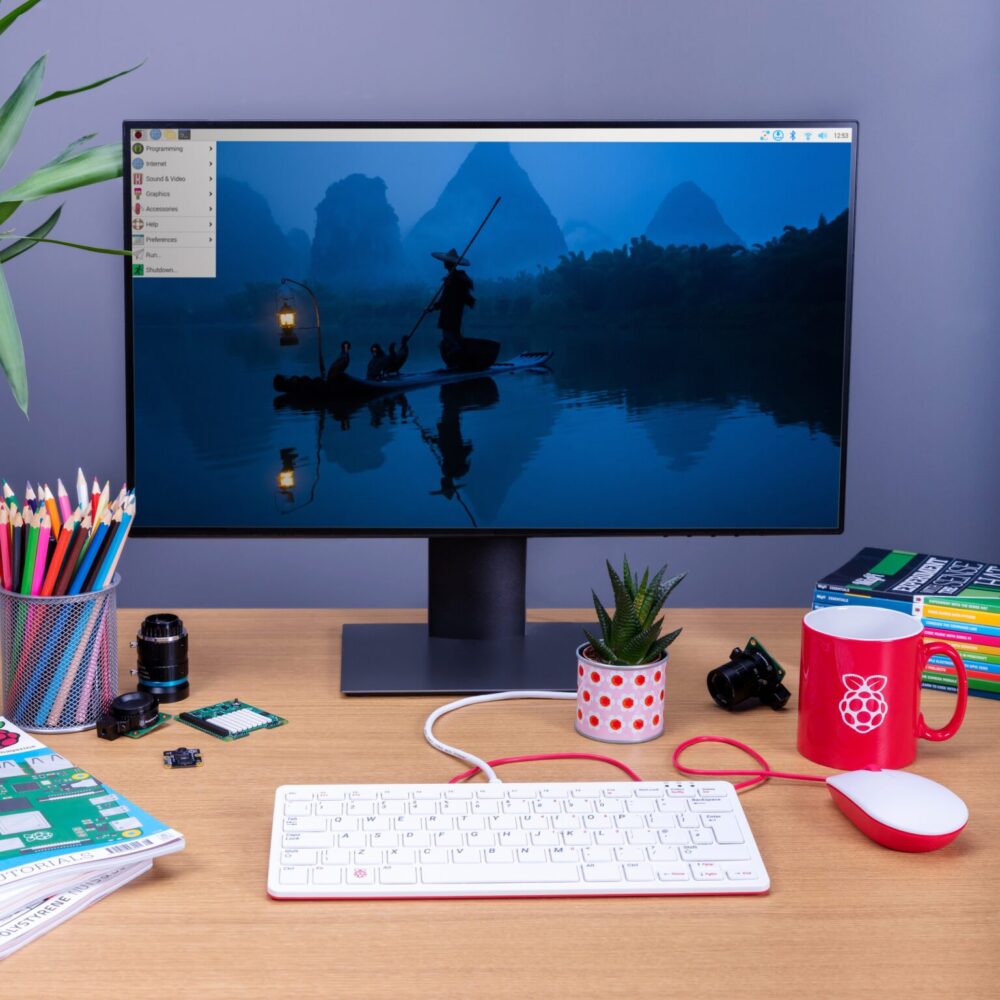Pi owners should hardly notice any changes, though performance will improve.
There have been times when it seemed like X Window System would be with us forever, even though it's more than 40 years old, and the last true version was issued in 2012. But with great effort, some organizations and operating systems have moved on. Raspberry Pi has now joined the forward momentum, with its latest release of Raspberry Pi OS swapping in Wayland—and it's hoping the change is hardly noticeable.
You might want to wait a moment before upgrading, though.
Simon Long wrote on Raspberry Pi's blog that the organization started thinking about switching to Wayland about 10 years ago, though it was "nowhere near ready to use" back then. Over the last few years, the Pi team has done some things to prep a real switch:
- Used mutter as an X window manager in 2021's Bullseye release because it could also be used as a Wayland compositor
- Switched from mutter to wayfire in 2023's Bookworm release and made Wayland the default for Raspberry Pi 4 and 5
- Switched one last time to labwc, which better fit Raspberry Pi's graphics hardware than wayfire
Because labwc is built on wlroots, a modular system that allows for building a Wayland compositor without whole-cloth reinvention, it was easier to adapt to Raspberry Pi's needs. After efforts throughout 2024, the team is ready to call it the year of Wayland on Raspberry Pi desktops.
"After much optimisation for our hardware, we have reached the point where labwc desktops run just as fast as X on older Raspberry Pi models," Long wrote. "Today, we make the switch with our latest desktop image: Raspberry Pi Desktop now runs Wayland by default across all models."
Those updating their Pi desktop after today (maybe with a bit of cautionary waiting) will receive a prompt notifying them of the option to switch to labwc, and the board maker suggests most people do so; there will be no more support or updates for the wayfire system in future updates. The only real change is the loss of "a couple of animations" not yet rebuilt for labwc. Older-model Pis should be OK, too, through use of a compatibility tool, Xwayland, running inside labwc. If something goes awry, the blog post has details on how to switch back to X.
In addition to that multi-year effort resulting in a single button click for users, Raspberry Pi claims to have significantly improved touchscreen support in the newest desktop releases. When a touchscreen is detected and text input is requested, the desktop should now show a virtual keyboard at screen bottom, or at least provide the icon in the upper-right taskbar. A long-press on a screen should also now automatically translate to a right mouse click, and double taps are double clicks.
Raspberry Pi's blog post has the full list of little updates beyond the big, quiet update. There are a number of people in the comments of Raspberry Pi's blog post saying that the earliest adopters were dropped back to a blinking cursor after upgrade due to an issue with lab-wc not being installed. A fix was in the works early on Monday.
Hope you enjoyed this news post.
Thank you for appreciating my time and effort posting news every day for many years.
2023: Over 5,800 news posts | 2024 (till end of September): 4,292 news posts
RIP Matrix | Farewell my friend ![]()



3175x175(CURRENT).thumb.jpg.b05acc060982b36f5891ba728e6d953c.jpg)
Recommended Comments
There are no comments to display.
Join the conversation
You can post now and register later. If you have an account, sign in now to post with your account.
Note: Your post will require moderator approval before it will be visible.